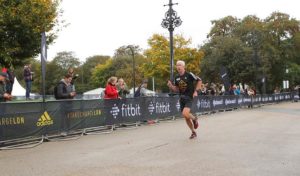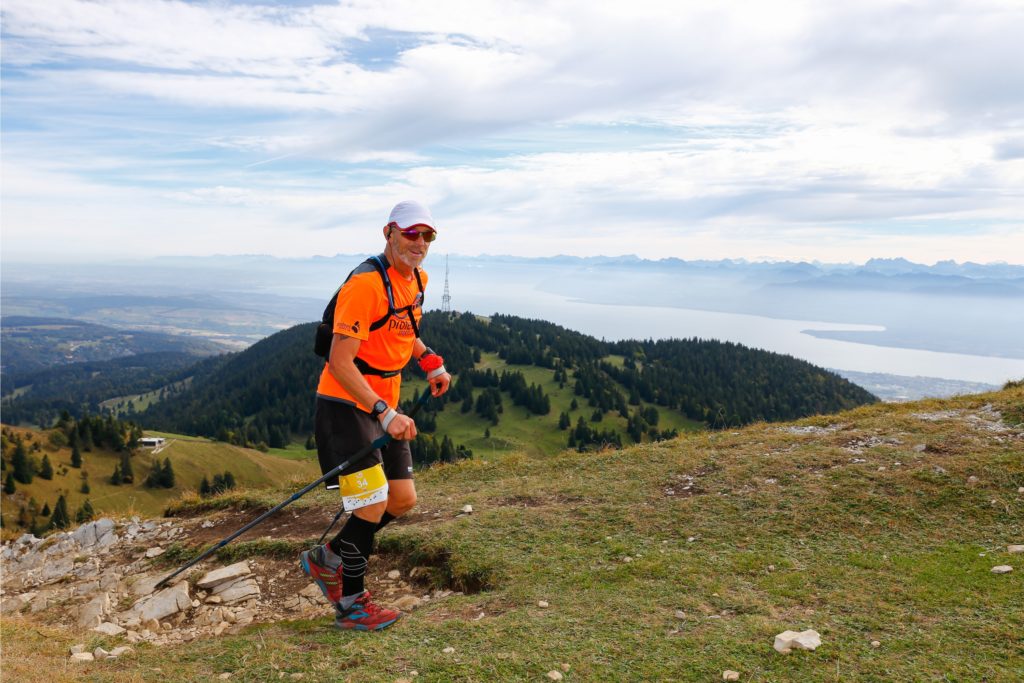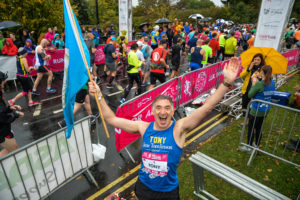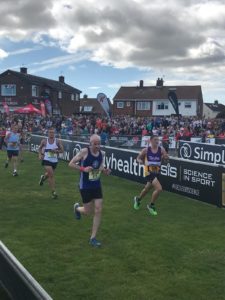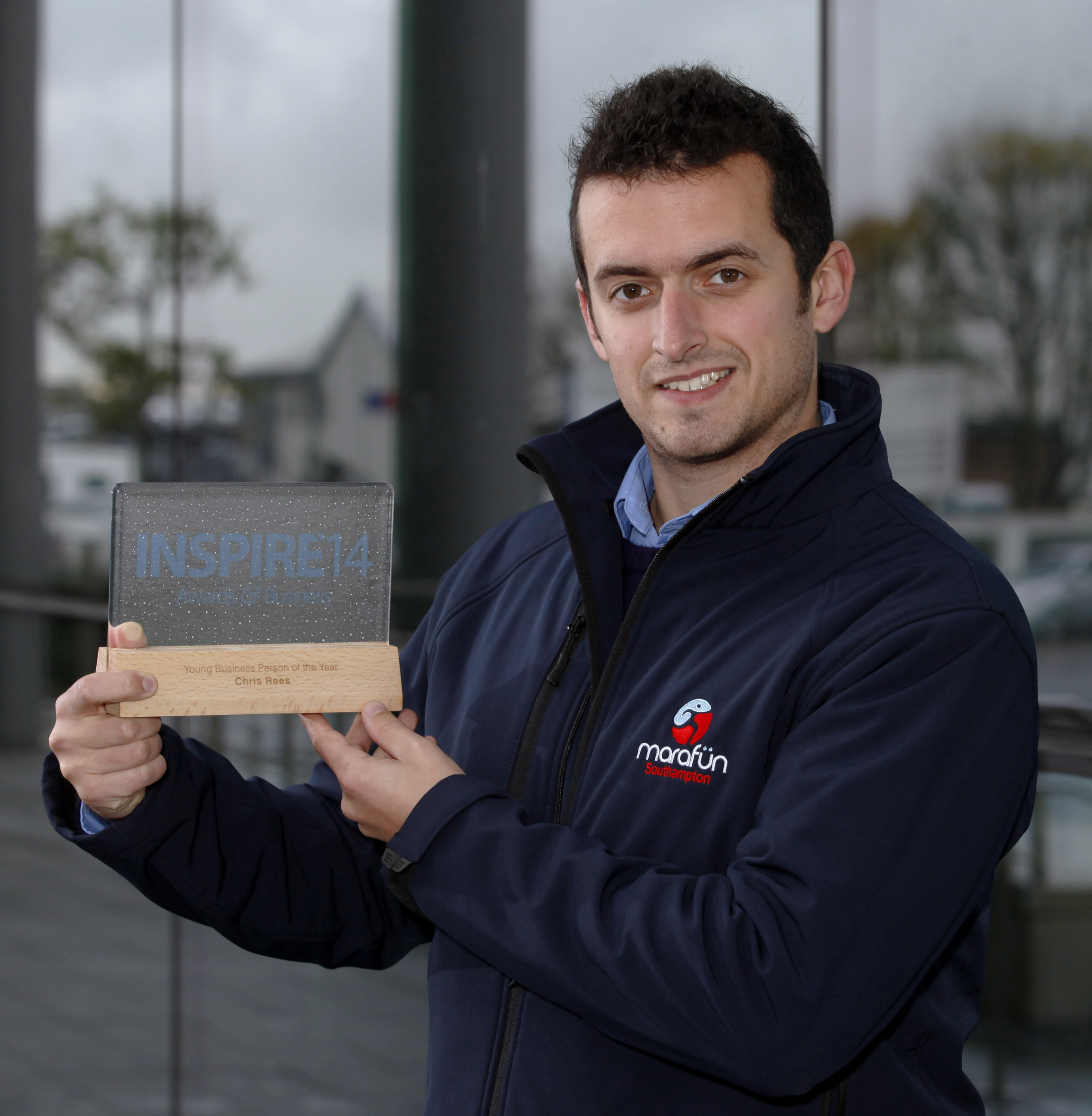
Last year, Chris Rees won Inspire Business Awards’ young businessman of the year at the age of 29. He started a swim school while at university, and for 10 years has been running Rees Leisure, a successful sports company. Now, Chris is on the verge of becoming one of the youngest race directors out there as he launches the ABP Southampton half marathon.
With no bespoke Southampton half marathon, the south coast city only has a Race for Life, which is a 5K distance, and of course the Women’s Running 10K race.
The ABP Southampton half will run 6,000 people around the city, on 26th April, the same day as the Virgin Money London Marathon.
Chris puts his success down to having a “vision” first and foremost, and “then being determined enough to follow it through”.
Having run Try Tri for more than five years, in which novices and first-timers can experience their maiden triathlon, Chris thought he would turn his attention to running. He himself has run the Basingstoke, Gosport and Reading halfs and said: “What amazed me, was that Basingstoke had a half-marathon but Southampton didn’t. Southampton is twice the size in terms of population and it just seemed crazy to me.”
Living in Southampton at the time, Chris was running around the city centre taking in all the sights such as Itchen Bridge, coastal paths and the common which can easily accommodate a 5K run.
“It’s just a lovely place to go for a run, I guess we realised there was a gap in the market,” said Chris.
He added: “I wanted to showcase Southampton as a city and what it has to offer, places like the Bargate, Ocean Village, Itchen Bridge and the common.”
The event is nearly sold out, so if you want to give this brand new half marathon a go, sign up here.
Below, Chris reveals his five-step plan to creating a successful race
Step 1 – local knowledge
Pick a location that you like to go running in. Find routes, go out and run round cities, villages, parks, where you want to go and pick out places you find interesting and enjoy. For Southampton, we had a map we took out with us and marked crosses on the bits we wanted to run past. We then tried to ‘dot to dot’ draw the route, and then to make it the right distance. It takes a lot of planning, looking at maps and a lot of doodling and drawing. If you think about what you want as a runner, it makes a big difference to when you create the route.
Step 2 – people management
Once you have your ideal route, you need to think about how it’s going to work with large numbers of people, especially from the point of view of residents and businesses. We’ve capped Southampton at 6,000 people, but the course is built for 10,000. We’ve also taken away coffee stands and big food vans – we would rather take the runners through the city so they can enjoy it that way. Instead of using a shuttle bus, we have Southampton’s start and finish lines in two separate areas of the city. That way the runners can stay for lunch and dinner, or meander round the shops. This will help disperse the large number of people slowly; it’s not and in and out job.
Step 3 – make friends and speak to them
I would definitely recommend asking around. I spoke to race directors from the Oxford, Basingstoke and Surrey half marathons. I found out who their suppliers were and who they worked with. Make sure you got the best of the best out there behind the event. We have the guy who does the Iron Man events around the country to do our infrastructure; we got the guys who did all of the traffic management for the whole Vitality series doing ours. Speaking to people with experience will ensure you pull off a great event.
Step 4 – putting that vision into reality
I had to go and do a presentation in front the whole of Southampton City Council, all 48 of the councillors. I endured a grilling from them to make sure I was well prepared for this kind of thing. You need to know the route inside out, I knew the timings inside out and I knew the numbers of people and the numbers of medics inside out. Know your plan and trust it.
Step 5 – getting the word out there
Get down to running clubs, running courses, running camps and speak to as many people as possible about how exciting the event is going to be. We did a large PR campaign with charities for example. You want to ensure that this is a running event designed by runners, not some corporate event rolling into town.



